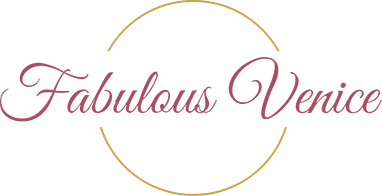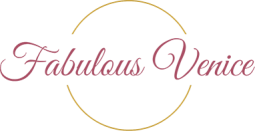A type of craftsmanship unique in the world that could only be developed in Venice
In Venice there are around 600 active gondolas, used mainly for work. Then there is an unspecified but high number of other types of traditional boats with mysterious names for the occasional visitor: Sandoli, Sampierote, Topi, Batei a coa de gambaro and many others.
After all, here we live on the water and we say “boat is home” – the boat is the (second) home.
In all Venetian boats you row while standing and looking forward. This is essential to be able to move easily in the maze of narrow canals, but also a very efficient way of rowing because it uses the weight and strength of the whole body, not just the arms.
Furthermore, it very often happens that you have to row with just one oar and this requires particular skill to be able to go in a straight line. All this has led, over the centuries, to a sort of co-evolution of oars and forcole (the oarlocks where the oars rest) which have tried to obtain an optimal balance between them and with the weight and height of the rower. The forcola is not just any piece of wood, but an object with a complex shape, in which each curve and support has a name and a specific function.

The oar rests only on the forcola and must remain free from any constraints. Observe how gondoliers use it and you will have the necessary skill.

The Remèri
To build oars and forcole there is the figure of the remèr, a very specialized craftsman. It took years of guided experience to be able to build good oars and forcola. For this, it involves “sculpting” a block of hard wood, such as walnut, cherry and maple, until the desired shape is obtained.
The active remèri workshops in Venice are all workshops and can therefore be visited during normal working hours. They are places full of stuffing where it is well understood that being an artistic craftsman is not a job like any other, but a precise life choice. In recent years, forcole have also been purchased by an increasing number of customers from other countries who do not only use them for rowing. More and more often they are considered art objects and displayed as such in homes or public places. In these shops you will also find scale models and other small objects inspired by the rowing tradition.
This is where the workshops are located

And these are the names and addresses:
Saverio Pastor
Le Forcole
Fondamenta Soranzo, 341
www.forcole.com
savepastor@libero.it
Tel. 041 5225699
Paolo Brandolisio
Tel. +39 041 5224155
paolobrandolisio@yahoo.it
Tel. +39 041 5224155
Pietro Dri
Forcolaio Matto
Cannaregio 4231, Ramo dell’Oca
https://www.ilforcolaiomatto.it/
info@ilforcolaiomatto.it
tel/fax +39 041 8778823
mob +39 348 2528611

